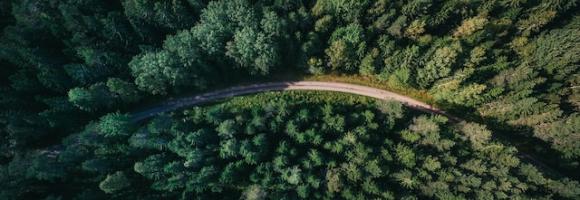
According to FAO, since 1990, 420 million hectares of forest have been lost due to human pressure, but the rate of forest loss has declined substantially. Human activities such as agriculture, livestock industries and logging are the main drivers of deforestation, forest degradation and fragmentation. Moreover, indirect human pressure such as climate change impacts, fires and invasive species amplify the loss and degradation of these ecosystems. Monitoring forests and their biodiversity is essential to support Sustainable Forest Management. Protecting forests is a pillar of international and national conservation strategies.
Understanding the state of the forests and tracking the progress towards national and international targets, is a fundamental for conservation forest outcomes. Many targets included into international and national strategies are related with forest to ensure the conservation, sustainable use and restoration of forests
The forest change statistics showed here for ACP countries are based on global products derived from earth observation. The forest cover for the reference year 2000 and change statistics (gain 2000- 2012, and loss 2000-2021) were produced at a spatial resolution of 30 m by the analyses of remote sensing images acquired by Landsat satellites, as described in Hansen et al. (2013).
Analysis performed by Simona Lippi using the BIOPAMA Services (2022)
Source data: Hansen, M. C., P. V. Potapov, R. Moore, M. Hancher, S. A. Turubanova, A. Tyukavina, D. Thau, S. V. Stehman, S. J. Goetz, T. R. Loveland, A. Kommareddy, A. Egorov, L. Chini, C. O. Justice, and J. R. G. Townshend. 2013. "High-Resolution Global Maps of 21st-Century Forest Cover Change." Science 342 (15 November): 850-53. 10.1126/science.1244693 Data available on-line at: https://glad.earthengine.app/view/global-forest-change.